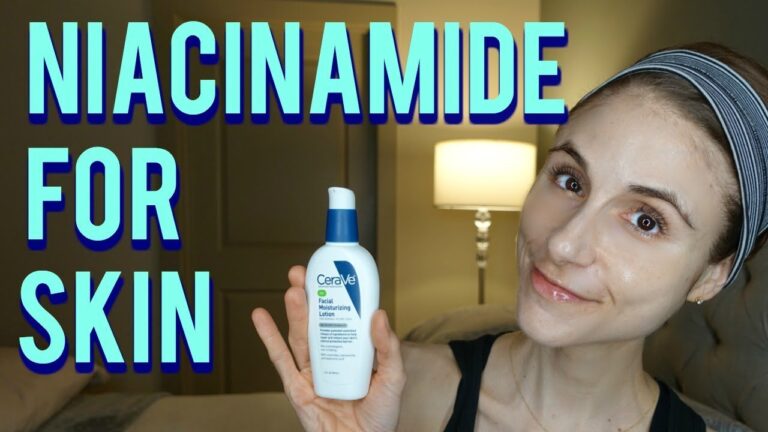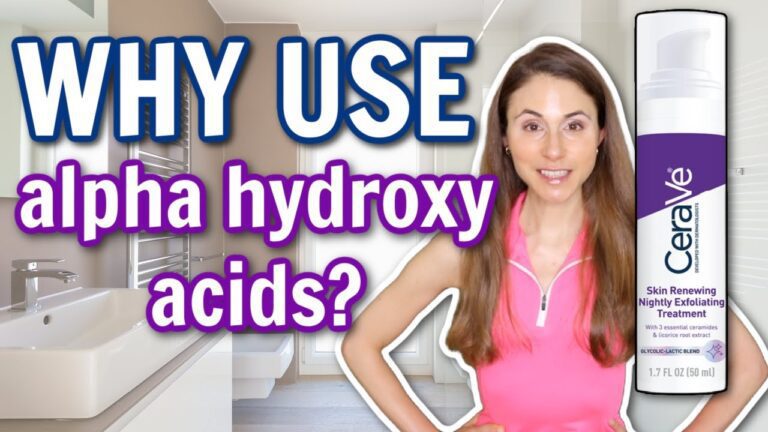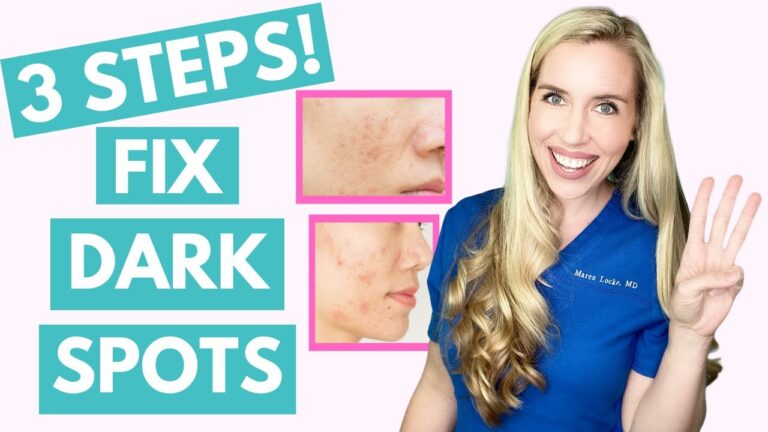Unlocking the Top Skin Benefits of Azelaic Acid: A Comprehensive Guide
Azelaic Acid Skin Benefits
If you’re looking for a solution for your sensitive and problematic skin, you might have heard of azelaic acid. This versatile skin care ingredient can help reduce acne, inflammation, and even hyperpigmentation caused by sun damage or post-inflammatory spots.
Azelaic acid is a dicarboxylic acid found naturally in grains such as wheat, barley, and rye. It has been used for decades to treat acne and rosacea, and more recently, it has gained popularity in the skincare industry for its other skin benefits.
Acne
Azelaic acid works as a gentle exfoliator, helping to unclog pores and reduce acne. It also has antibacterial properties, which can help reduce inflammation and prevent future breakouts. Studies have shown that a 20% concentration of azelaic acid can be just as effective as other acne treatments such as benzoyl peroxide or tretinoin, but with fewer side effects.
Inflammation and Rosacea
Azelaic acid has been shown to reduce inflammation and redness associated with rosacea. It does this by reducing the production of inflammatory cytokines and suppressing immune system responses. In a study of 42 people with rosacea, those treated with azelaic acid experienced significantly less redness and inflammation after 15 days.
Hyperpigmentation
One of the lesser-known skin benefits of azelaic acid is its ability to reduce hyperpigmentation. It does this by inhibiting the enzyme tyrosinase, which is responsible for melanin production. This makes it an effective treatment for post-inflammatory hyperpigmentation, which can occur after a breakout or sun damage.
Azelaic acid is also a good alternative to hydroquinone, which is a skin-lightening ingredient that has been linked to skin irritation and potentially harmful side effects.
How to use Azelaic Acid
Azelaic acid is available in various forms, including creams, gels, and serums. It can be used in both morning and evening skincare routines, and it’s recommended to start with a low concentration to avoid irritation.
Some popular products containing azelaic acid include The Ordinary Azelaic Acid Suspension 10%, Paula’s Choice 10% Azelaic Acid Booster, and Finacea Gel 15%. It’s important to follow the instructions provided by the manufacturer and consult with a skin care professional if you’re unsure of how to use it.
Conclusion
Azelaic acid is a versatile skin care ingredient that offers many benefits for those with sensitive and problematic skin. Whether you’re struggling with acne, inflammation, or hyperpigmentation, this ingredient could be a solution for you. With its gentle exfoliating and antibacterial properties, it’s a great alternative to harsher acne treatments. Additionally, for those who suffer from rosacea, it can help reduce redness and inflammation. Lastly, its ability to reduce hyperpigmentation makes it an excellent choice for those looking to brighten their skin without using potentially harmful ingredients.
Most searched products:
Does Sephora Support Israel? Answering Your Questions
The Ultimate Guide to Azealic Acid: Benefits, Uses, and Side Effects
Discover the Benefits of The Ordinary Botox for Your Skin
How Long Does Glycolic Acid Take to Show Results: Your Ultimate Guide
The Perfect Order: When to Use Retinol and Niacinamide in Your Skincare Routine
The Ultimate Guide to The Ordinary Colours Foundation: Reviews, Swatches, and Tips
The Ultimate Reviews of The Ordinary Peeling Solution
Spherical Meaning: Understanding the Definition and Significance
All You Need to Know: Lactic Acid Uses and Benefits
Find Your Perfect Skin Mate: Tips and Tricks for Flawless Skin











